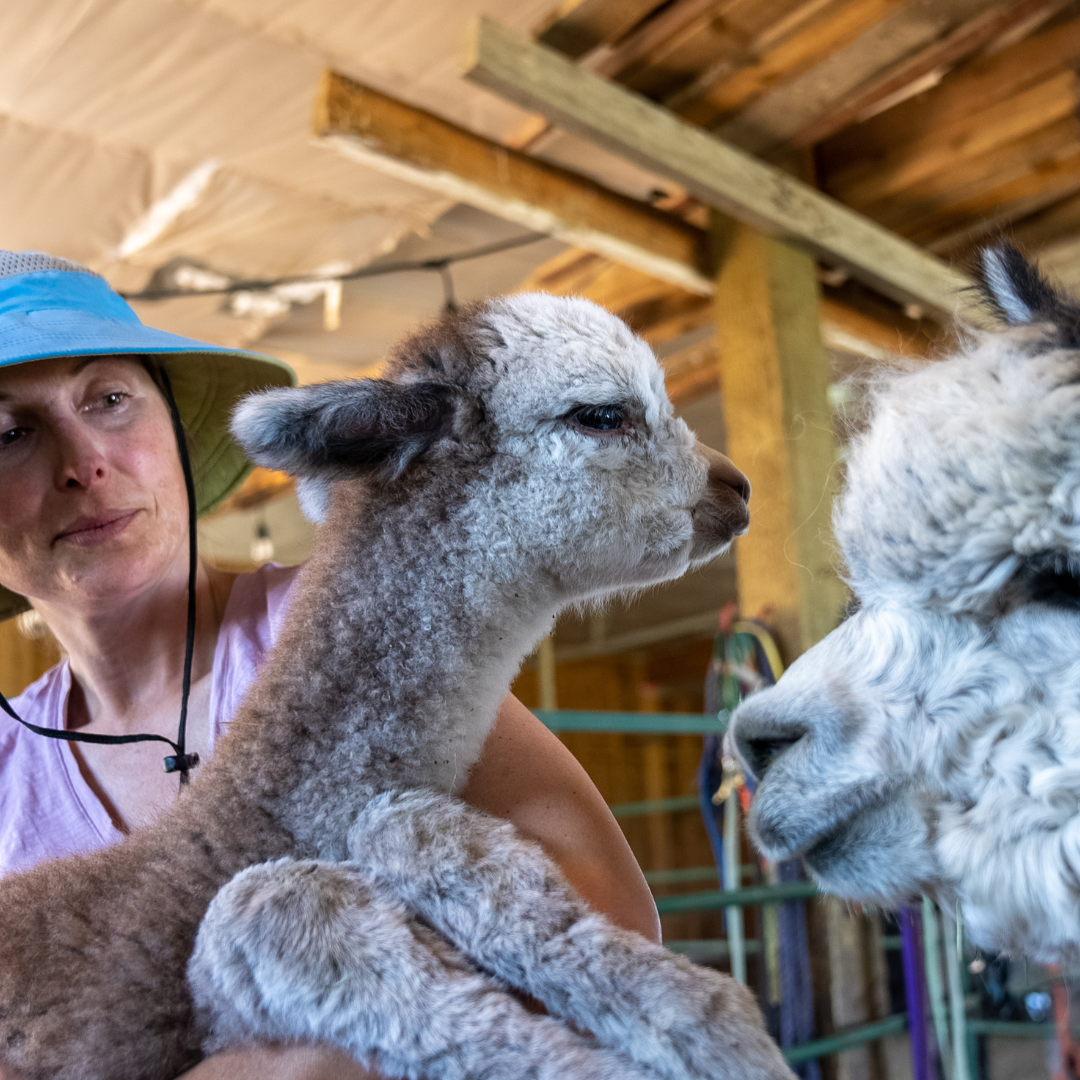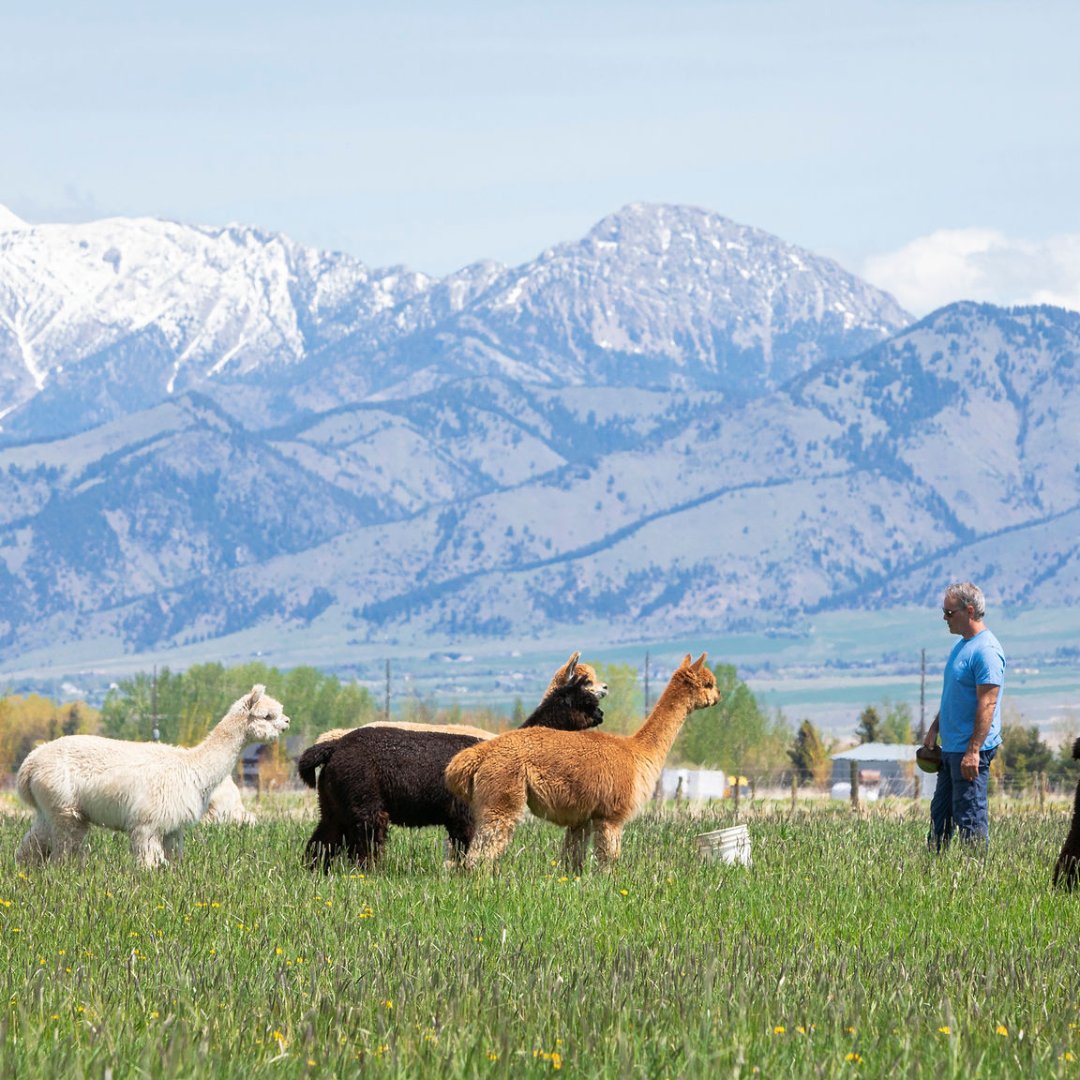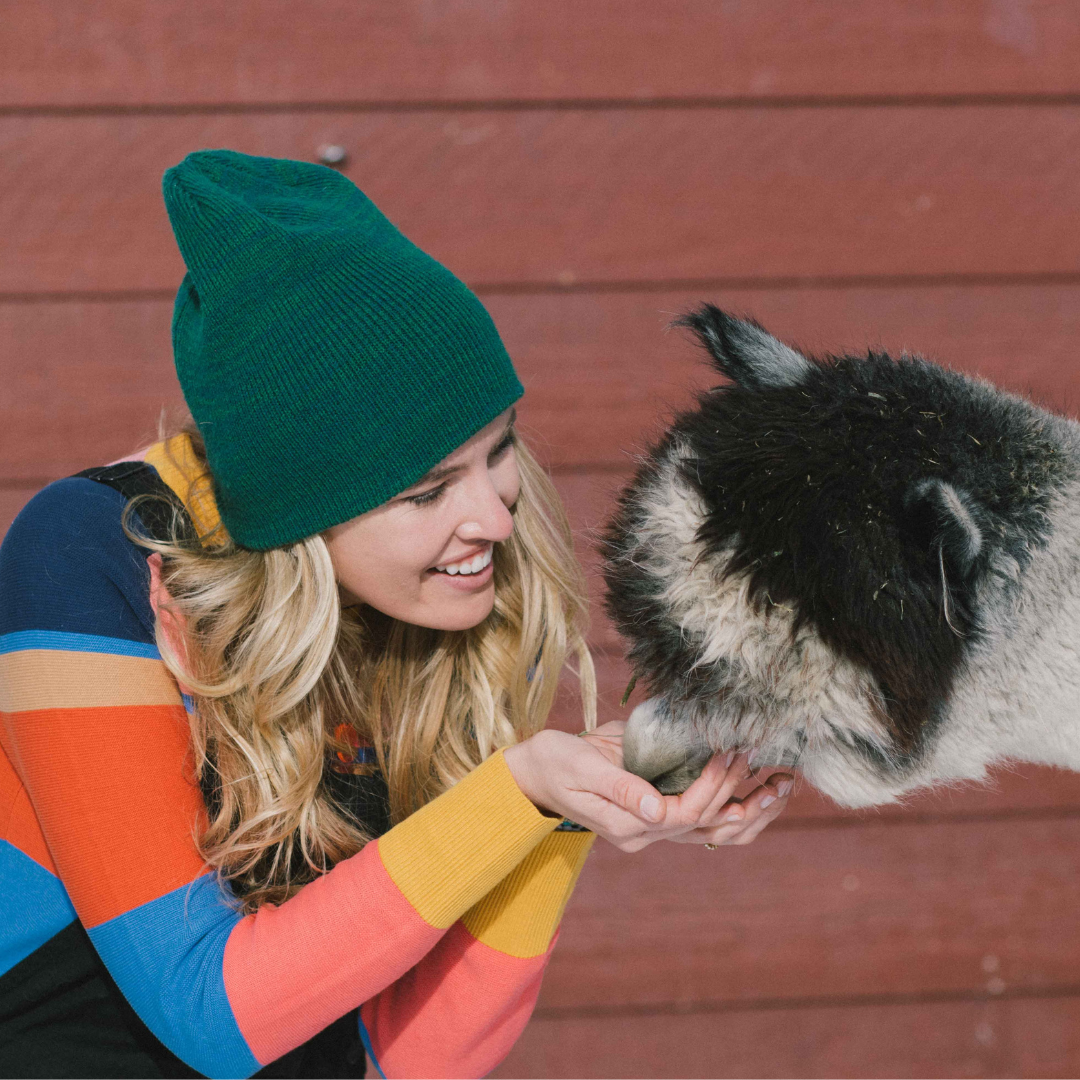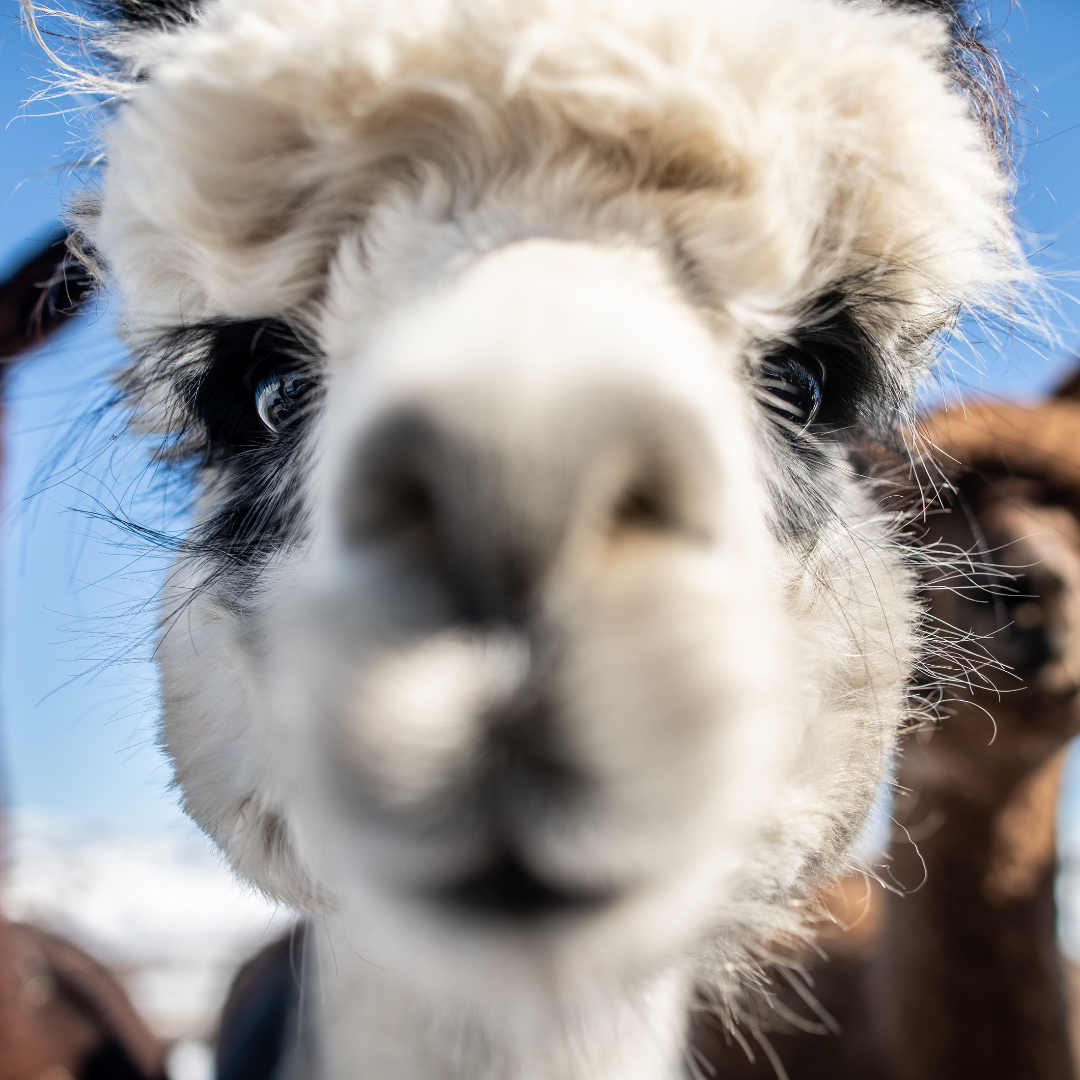When my husband and I first started in the alpaca world, we kept imaging alpacas “as far as the eye can see.” Today, we see 150 alpacas as we look out the window and feel our goal has certainly been met.
When starting a new venture it is very important to have a business plan. While it is true that a few alpaca ranchers can buy an entire herd of 20 or more alpacas at once, most of the small breeders do not start with such a large investment or herd of alpacas.
When you enter the alpaca business, there is usually a desire to retire to the rural lifestyle or sustain yourself and your family financially. Design and institute a plan that fits your goals. Create goals in which you not only prepare for your initial investment, but develop it thoroughly for years to come. An old saying applies here: “Proper planning prevents poor performance.” And thus it is with the alpaca ranching industry.
We started out with 20 acres and couldn’t imagine we could fill up our farm with our original purchase of just 8 alpacas:
How your farm fills up with alpacas:
ü Buying Alpacas: If you are a breeder who resides on small acreage, (as many do) it is crucial to your eventual success that you purchase your initial herd with an eye that looks ahead. For example, let’s say you can purchase 4 to 5 animals with your beginning investment. Here is would be wise to be careful. It would be very easy to buy emotionally and purchase a herd of cute crias (baby alpacas). Not a problem if you have a lot of time to build your herd. But if retirement is only a few years away, the better decision would be to purchase bred adult females. These are almost always the best return on your investment because of the imminent baby due there is a chance you can make back your money relatively quickly.
ü Cria:In a year or less you will have doubled the size of the herd. It is also a good idea to negotiate a feed breed back to a stud of your choice from the ranch where you purchased your alpacas.
ü Studs:Now add to that the purchase of a good stud prospect, say one about 1 to 2 years of age. If all goes well, you have in place a male to breed your unrelated females in the following years. These methods allow you to possibly purchase another animal or two in the next couple of years or to put money into continued ranch improvements and beginning marketing efforts.
ü Agisting:Agisting or boarding might come into play. What a great way not only to bring in more income but get a real feel for caring for a larger herd on a daily basis. If, as it is with most small ranches, you face size limitations due to the zoning rules, agisting allows you to decrease the size of your agistment animals as your own herd grows. This plan allows you to use your land to its full potential.
ü Brokering: Your herd can grow if you broker animals for others. This simply means that you board another’s animal with the full intention of selling it for them as quickly as you can and thus earn not only a commission form the owners but barding fees for their care until the sale.
ü Mobile Breeding:Bring other outside females in for breeding to your stud is a great way of earning income but can use up that much more space and feed on your farm.
ü Taking in others:Special care for orphaned crias, or injured and neglected alpacas may find their way onto your farm over time.
ü Pregnancy watch:Sometimes you may provide care for another by doing special birth in services for the owner whom is still working a full time job and cannot be home to watch for impending births.
ü Weaning:Offering to help wean other’s cria when they are not yet set-up to separate the mom and baby.
As you can see, there are many different ways for alpacas to “grow” on your farm. We have / had every one of these instances. We love taking care of our herd. Just understand that your herd can grow more quickly that you expect.



























































































